70以上 exocrine pancreatic insufficiency stool test 102263-Exocrine pancreatic insufficiency stool test
Alkaade S, Vareedayah AA A primer on exocrine pancreatic insufficiency, fat malabsorption, and fatty acid abnormalities Am J Manag Care 17;23(suppl 12)S3S9 Lindkvist B, Phillips ME, DomínguezMuñoz JE Clinical, anthropometric and laboratory nutritional markers of pancreatic exocrine insufficiency prevalence and diagnostic use Methods evaluating digestion, such as fecal fat quantification and the 13 Cmixed triglycerides test, are the most accurate tests for pancreatic exocrine insufficiency, but the probability of the diagnosis can also be estimated based on symptoms, signs of malnutrition in blood tests, fecal elastase 1 levels and signs of morphologically severe chronic pancreatitis onExocrine pancreatic insufficiency (EPI) is described as a reduction in pancreatic enzyme activity below the normal digestive threshold level Clinical symptoms of EPI include steatorrhea, bloating, abdominal discomfort, and weight loss An alternate to the 72hour fecal fat test is the measurement of PE in stool The amount of PE in stool

Exocrine Pancreatic Insufficiency Clinical Gastroenterology And Hepatology
Exocrine pancreatic insufficiency stool test
Exocrine pancreatic insufficiency stool test-How do doctors diagnose Exocrine Pancreatic Insufficiency or EPI?Exocrine Pancreatic Insufficiency (EPI) Pancreatitis, cystic fibrosis and other conditions that affect the pancreas cause exocrine pancreatic insufficiency (EPI) People with EPI don't have enough pancreatic (digestive) enzymes to break down foods and absorb nutrients It can lead to malnutrition Pancreatic enzyme replacement therapy (PERT




Do You Have Epi Or Something Else Everyday Health
Elastase is a proteolytic pancreatic enzyme that passes through the gastrointestinal tract undergoing only limited degradation ELISA tests to determine stool elastase concentrations have therefore been developed for the diagnosis of exocrine pancreatic insufficiency Five different isoforms of pancreatic elastase (CELA1, CELA, CELB, CELA3A, CELA3B) are encoded inBackground & aims Tests to quantify fecal levels of chymotrypsin like elastase family member 3 (CELA3 or elastase1) in feces are widely used to identify patients with exocrine pancreatic insufficiency (EPI) However, the diagnostic accuracy of this test, an ELISA, is not clearDoctors usually diagnose EPI using a fecal elastase test Elastase is an enzyme made by the pancreas that helps down essential nutrients like fats, proteins, and carbohydrates after you eat If little or no elastase is found in the stool, it might mean the enzyme is not working
The most common test, according to Dr Affronti, is the fecal elastase test, in which a stool sample is checked to see if the pancreatic enzymes trypsin and elastase are present inHowever, in contrast to the secretin test, pancreatic exocrine secretion is stimulated by a standardized test meal This consists of 300 ml of liquid composed of dried milk, vegetable oil and dextrose (67% fat, 5% protein, 15% carbohydrate)Exocrine pancreatic insufficiency develops in 50–80% of adults after a diagnosis of 56 to 131 years 74, 75 The exact prevalence of EPI in pediatric CP is unknown, but 34% of children with CP in the INSPPIRE cohort were exocrine pancreatic insufficient at the time of enrollment 43 Typically, the diagnosis of CP is made prior to the
Pancreatic elastase (PE) is not degraded during intestinal transit and the concentration of PE in a stool sample reflects exocrine pancreatic function This assay allows the diagnosis or exclusion of pancreatic exocrine insufficiency, which can be caused by chronic pancreatitis, cystic fibrosis, pancreatic tumor, cholelithiasis or diabetes mellitusMatsumoto J, Traverso LW Exocrine function following the Whipple operation as assessed by stool elastase J Gastrointestinal Surg 06;10(9) 10 Yuasa Y, Murakami Y, Nakamura H, et al Histological loss of pancreatic exocrine cells correlates with pancreatic exocrine function after pancreatic surgery Pancreas 12;41(6)9233 The three main EPI diagnosis tests measure the amount of pancreatic enzymes in stool (fecal elastase), the amount of fat in the stool, or



1




Victorio Kipronoh Elastase Is An Enzyme Produced By Special Exocrine Tissue In The Pancreas Stool Elastase Test Measures The Amount Of Elastase In Stool Feces To Help Evaluate Whether A Person S
In individuals with pancreatic exocrine insufficiency, the pancreas doesn't make enough digestive enzymes to adequately break down food into absorbable components Pancreatic exocrine insufficiency diagnostic evaluation and replacement therapy with pancreatic enzymes Dig Dis 10 28(2) GonzalezSanchez V, Amrani R, Gonzalez V, Trigo C, Pico A, deMadaria E Diagnosis of exocrine pancreatic insufficiency in chronic pancreatitis 13 CMixed Triglyceride Breath Test versus Fecal Elastase Diagnosing EPI in Dogs and Cats A blood serum TLI test (trypsinlike immunoreactivity) showing a concentration of ≤25 mcg/L in dogs or ≤80 mcg/L in cats means they have Exocrine Pancreatic Insufficiency There is also a test for the presence of a pancreatic enzyme called elastase in the stool
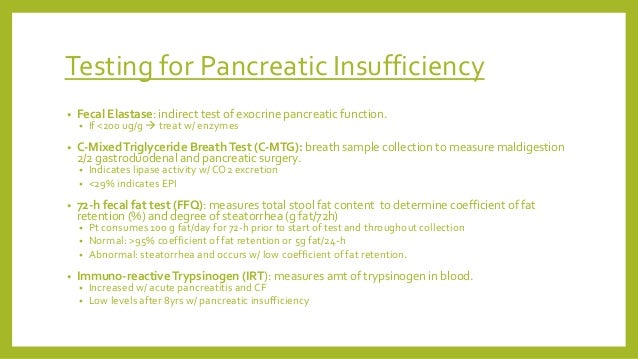



Inservice Perts
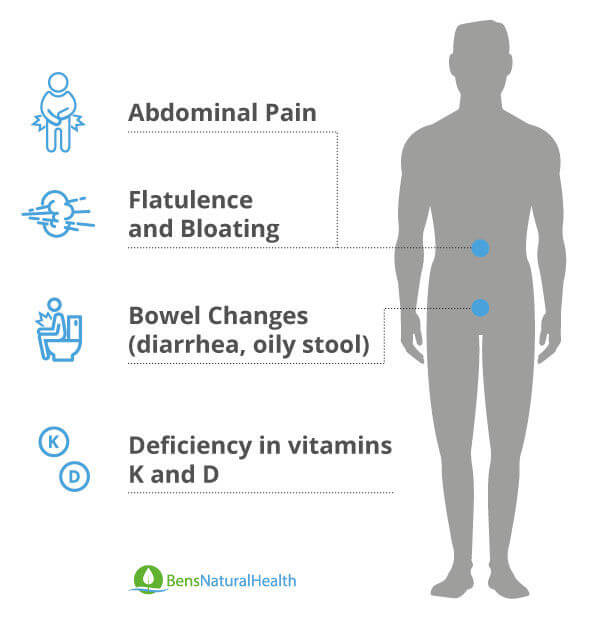



What Is Exocrine Pancreatic Insufficiency Ben S Natural Health
GonzalezSanchez V, Amrani R, Gonzalez V, Trigo C, Pico A, deMadaria E Diagnosis of exocrine pancreatic insufficiency in chronic pancreatitis 13 CMixed Triglyceride Breath Test versus FecalExocrine pancreatic insufficiency (EPI) is described as a reduction in pancreatic enzyme activity below the normal digestive threshold level Clinical symptoms of EPI include steatorrhea, bloating, abdominal discomfort, and weight loss An alternate to the 72hour fecal fat test is the measurement of PE in stool The amount of PE in stoolExocrine pancreatic insufficiency (EPI) is described as a reduction in pancreatic enzyme activity below the normal digestive threshold level Clinical symptoms of EPI include steatorrhea, bloating, abdominal discomfort, and weight loss An alternate to the 72hour fecal fat test is the measurement of PE in stool The amount of PE in stool




Diagnose And Treat Pancreatic Exocrine Insufficiency In Diabetes Implementing Guidelines Guidelines In Practice




Human Pancreatic Exocrine Response To Nutrients In Health And Disease Gut
Pancreatic Insufficiency & Exocrine Pancreas Dysfunction During a consult when there is a problem with digestion I mentally follow a piece of food from the mouth down the digestive tract to the other end and muscle test each anatomical feature as the food passes Wherever the energy is blocked, my fingers will release letting me know what part of the digestive tract needs workExocrine pancreatic insufficiency Exocrine pancreatic insufficiency is an under recognized complication of pancreatic disease 13 While patients with advanced exocrine pancreatic insufficiency usually present with abdominal pain and steatorrhea, those with less severe insufficiency may only have mild symptoms Exocrine pancreatic insufficiency (EPI) occurs when your pancreas can't make or release enough digestive enzymes to break down food and absorb nutrients Fat digestion is impacted the most




Exocrine Pancreatic Insufficiency And Pancreatitis Associated With Celiac Disease Pancreapedia
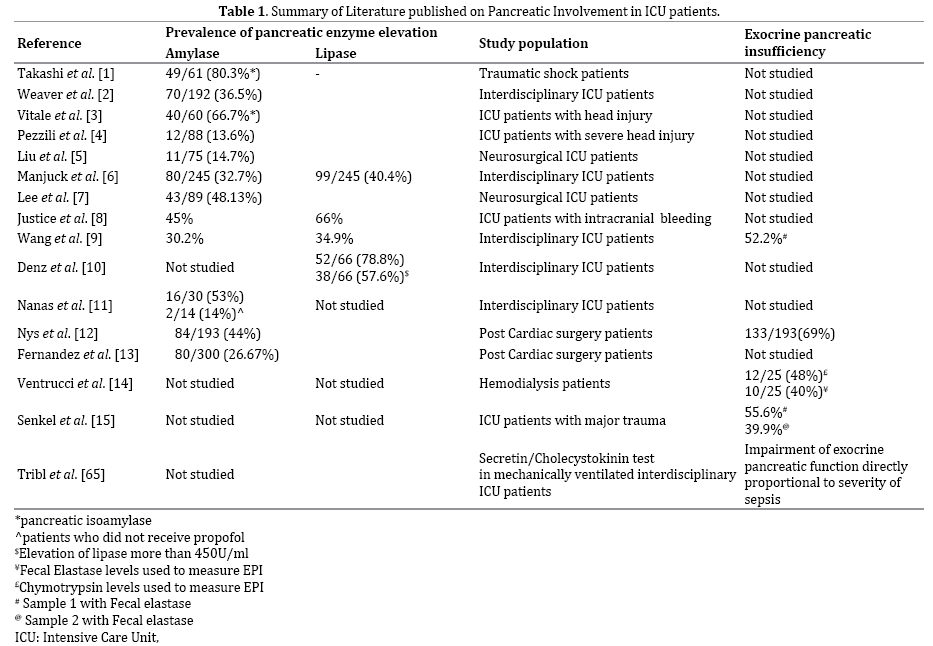



Pancreatic Involvement In Critically Ill Patients Insight Medical Publishing
Stool Test Markers for Bile Acid Malabsorption & Exocrine Pancreatic Insufficiency Diagnosis Fecal steatocrit and elastase1 can easily help diagnose Bile Acid Malabsorption (BAM)—which is also called bile acid diarrhea—and Exocrine Pancreatic Insufficiency (EPI) The previous gold standard test for bile acid malabsorption was a fecal fat test, which askedThe three main tests used in considering a diagnosis of EPI are fecal elastase test, fecal fat test, and a direct pancreatic function test 5 The latter is a limitedly used test that assesses exocrine function in the pancreas by inserting a tube into the small intestine to collect pancreatic secretions Laboratory tests that may be used to detect pancreatic insufficiency include Stool elastase —this test measures the level of elastase (an enzyme made by the pancreas) in a sample of your stool The Chymotrypsin —this test measures chymotrypsin (a pancreatic enzyme that breaks down proteins) in




Pancreatic Insufficiency An Overview Sciencedirect Topics
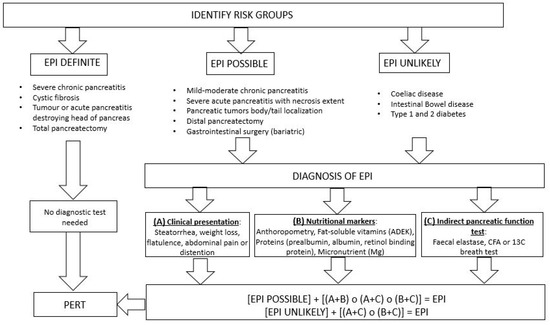



Medicina Free Full Text State Of The Art In Exocrine Pancreatic Insufficiency Html
DomínguezMuñoz JE, Hardt PD, Lerch MM, et al Potential for screening for pancreatic exocrine insufficiency using the fecal elastase1 testThe elastase test is used along with other tests, such as fecal fat and/or fecal chymotrypsin, to evaluate both children and adults for pancreatic insufficiency Pancreatic insufficiency is the inability of the pancreas to produce and/or transport enough digestive enzymes to break down food in the intestine and aid in the absorption of nutrientsTests for exocrine pancreatic insufficiency Specimen Type Stool, unpreserved Notes Moderate to mild exocrine pancreatic insufficiency




Exocrine Pancreatic Insufficiency Insights



Cghjournal Org
The stool of 23 adult subjects, 13 children, and 6 premature babies, all without evident pancreatic or gastrointesti nal disease were used as controls 2 Pancreatic exocrine insufficiency The stools of 16 adult patients with pancreatic exocrine insufficiency on the basis of alco holic chronic pancreatitis were studied TheOthman MO, Harb D, Barkin JA Introduction and practical approach to exocrine pancreatic insufficiency for the practicing clinician Int J Clin Pract 18;72 doi /ijcp;The secretion of pancreatic enzymes into the small intestine is referred to as its exocrine function and hence the failure to produce enough enzymes is called Pancreatic Exocrine Insufficiency The other role of the pancreas, which affects the use of nutrients once they have been absorbed into the body, is called its endocrine function




Epi Exocrine Pancreatic Insufficiency Symptoms Treatment And More




Diagnosis Testing For Epi Case Study
Exocrine pancreatic insufficiency may be difficult to diagnose since it symptoms mimic other problems;Interpretation Pancreatic elastase concentrations above 0 mcg/g are normal and are not indicative of exocrine pancreatic insufficiency Pancreatic elastase concentrations from 1000 mcg/g are suggestive for moderate exocrine pancreatic insufficiency Pancreatic elastase concentrations below 100 mcg/g are consistent with exocrine pancreatic insufficiencyThe best test for quantification of steatorrhea is the 72 hour fecal fat quantification though it is cumbersome for patients to collect and not reliable in milder cases of pancreatic insufficiency




Slide Show Exocrine Pancreatic Insufficiency Epi




What Is Exocrine Pancreatic Insufficiency Everyday Health
Pancreatic enzyme therapy for pancreatic exocrine insufficiency Curr Gastroenterol Rep 07;9(2) Hammer HF Pancreatic exocrine insufficiency diagnostic evaluation and replacement therapy with pancreatic enzymes Dig Dis 10;28(2) Leeds JS, Oppong K, Sanders DS The role of fecal elastase1 in detecting exocrineThis test measures the amount of elastase, an enzyme produced by the pancreas, in your stool A deficiency of elastase could be an indicator of EPI It may be harder to diagnose milder EPI using this test Your doctor may not use this test if you have diabetesMyth Routinely checking for EPI in patients with chronic diarrhea, using fecal elastase, is a useful and effective diagnostic approach with values 100–0 μg/g of stool reflecting mild to moderate pancreatic insufficiency and 100 μg/g of stool indicating severe EPI




Diagnosing Exocrine Pancreatic Insufficiency Everyday Health
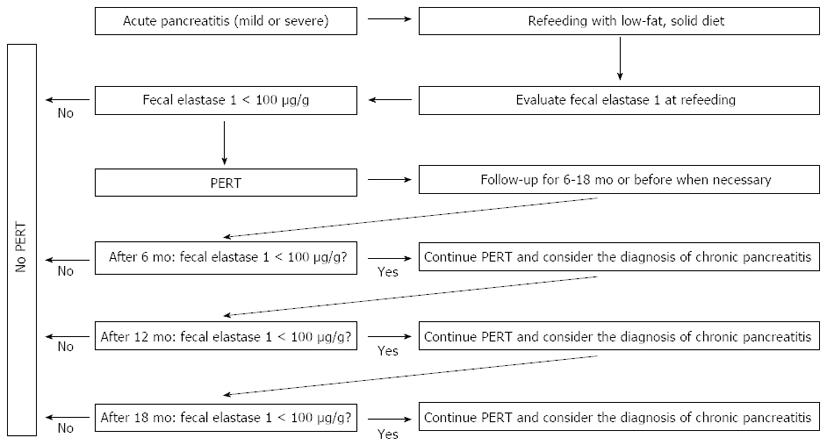



Exocrine Pancreatic Insufficiency In Adults A Shared Position Statement Of The Italian Association For The Study Of The Pancreas
Potential for Screening for Pancreatic Exocrine Insufficiency Using the Fecal Elastase1 Test The early diagnosis of pancreatic exocrine insufficiency (PEI) is hindered because many of the functional diagnostic techniques used are expensive and require specialized facilities, which prevent their widespread availabilityExocrine pancreatic insufficiency (EPI) is the inability to produce sufficient pancreatic enzymes to digest fats, carbohydrates, and proteins This difficulty in digestion leads to poor absorption of nutrients which commonly causes weight loss despite a normal or increased appetite Fecal flotation is a routine veterinary test used toExocrine pancreatic insufficiency (EPI) causes problems in how you digest food Your pancreas doesn't make enough of the enzymes that your body needs to break down and absorb nutrients
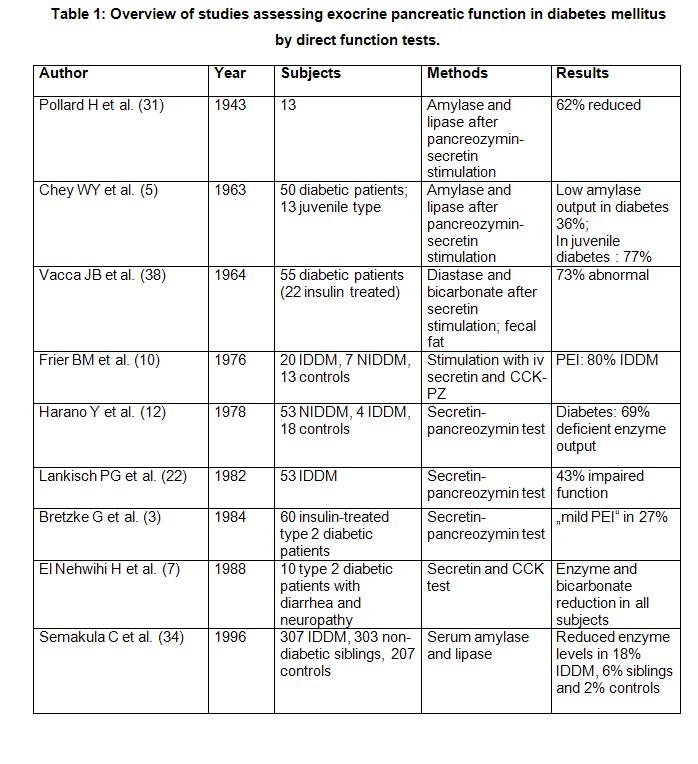



Alterations In Exocrine Pancreatic Function In Diabetes Mellitus Pancreapedia




Exocrine Pancreatic Insufficiency In Type 1 And Type 2 Diabetes Springerlink
How do we test for exocrine pancreatic insufficiency? Most of the symptoms associated with exocrine pancreatic insufficiency (EPI) are related to the digestive system Your doctor will order diagnostic tests, such as In childhood, however, fecal elastase is a useful noninvasive screening test for exocrine pancreatic insufficiency, demonstrating a negative predictive value of 99% for ruling out exocrine pancreatic insufficiency 47) Since fecal elastase is measured as a concentration in stool, watery stools will almost invariably result in low elastase




Diagnosing And Treating Exocrine Pancreatic Insufficiency Mpr




Exocrine Pancreatic Insufficiency Prevalence Diagnosis And Manageme Ceg
Faecal chymotrypsin This is a stool test for an enzyme that digests food proteins It is produced in the pancreas in an inactive form and then becomes activate when it enters the small intestine Low values indicate pancreatic insufficiencyHowever, the patient's history, physical exam and blood tests to check on the levels of vitamins, pancreatic enzymes along with studies on fat absorption (fecal test), and results from CT, MRI and/or ultrasound studies of the pancreas canCOMPONENT DESCRIPTION TEST TYPE INFECTIOUS UNIT OF MEASURE NUMERIC MAP LOINC Pancreatic Elastase, Fecal Resultable N ug/g XXX For questions regarding the Interface Map, please contact interfacesupport@aruplabcom




Diagnosis Exclusion Of Canine Exocrine Pancreatic Insufficiency Epi Ppt Video Online Download




Focusing On Fecal Elastase 1 With Gi Map To Diagnose Exocrine Pancreatic Insufficiency Diagnostic Solutions Laboratory




A Primer On Exocrine Pancreatic Insufficiency Fat Malabsorption And Fatty Acid Abnormalities
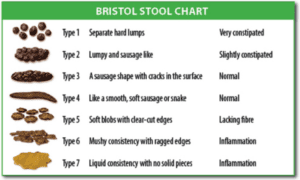



Pancreatic Exocrine Insufficiency Pei And Pancreatic Enzyme Replacement Therapy Pert Guts Uk




Measuring Pancreatic Elastase To Diagnose Pancreatic Disease Alpco




Pdf Poor Diagnostic Values Of Stool Analysis And Steatocrit Test In Detecting Exocrine Pancreatic Insufficiency Semantic Scholar



The Value Of Stool Testing Dr Michael Ruscio dnm Dc



Endoscopic Pancreatic Function Testing Epft In Children A Position Paper From The Naspghan Pancreas Committee




3 Ways To Diagnose Exocrine Pancreatic Insufficiency Wikihow
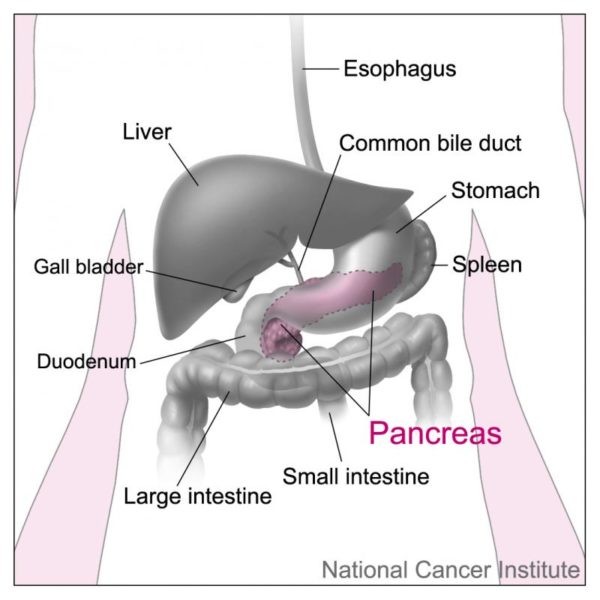



Pancreatic Insufficiency Lab Tests Online




Causes Of Pancreatic Insufficiency Download Table




Symptoms Of Exocrine Pancreatic Insufficiency Everyday Health



Pancreatic Exocrine Insufficiency Pei Canadian Digestive Health Foundation




Diagnostic Performance Of Measurement Of Fecal Elastase 1 In Detection Of Exocrine Pancreatic Insufficiency Systematic Review And Meta Analysis Clinical Gastroenterology And Hepatology




Pancreatic Exocrine Insufficiency Pei Canadian Digestive Health Foundation
/exocrine-pancreatic-insufficiency-4177936-821-618578bea845406fa96c78167aff8657.png)



Exocrine Pancreatic Insufficiency Symptoms Causes And Diagnosis




Do You Have Epi Or Something Else Everyday Health




Introduction And Practical Approach To Exocrine Pancreatic Insufficiency For The Practicing Clinician Othman 18 International Journal Of Clinical Practice Wiley Online Library
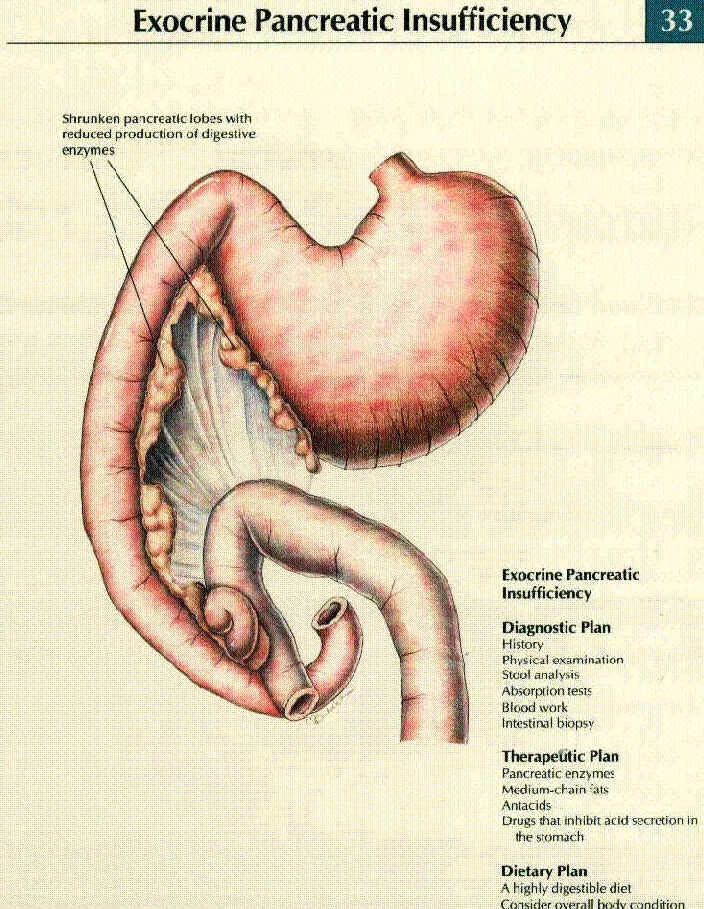



Exocrine Pancreatic Insufficiency Canine Diabetes Wiki Fandom




Symptoms And Tests Used In The Diagnosis Of Exocrine Pancreatic Download Table
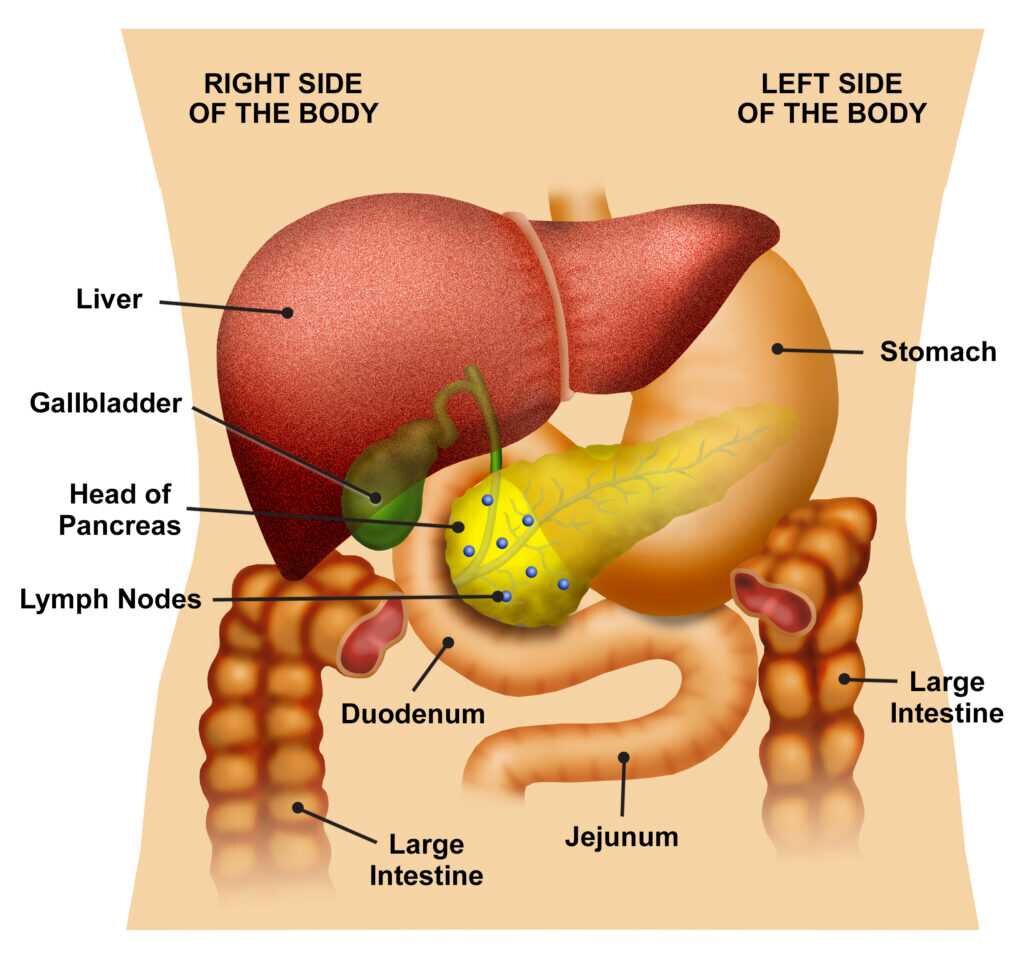



Exocrine Pancreatic Insufficiency When Digestion Fails Hive Mind Medicine
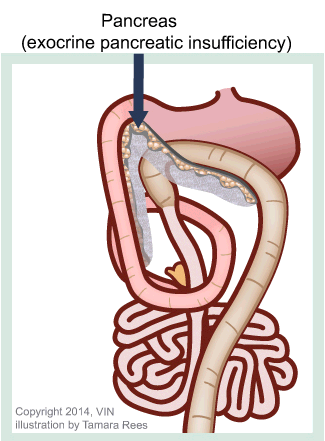



Exocrine Pancreatic Insufficiency Mar Vista Animal Medical Center




Exocrine Pancreatic Insufficiency Clinical Gastroenterology And Hepatology




Exocrine Pancreatic Insufficiency Diet




Exocrine Pancreatic Insufficiency
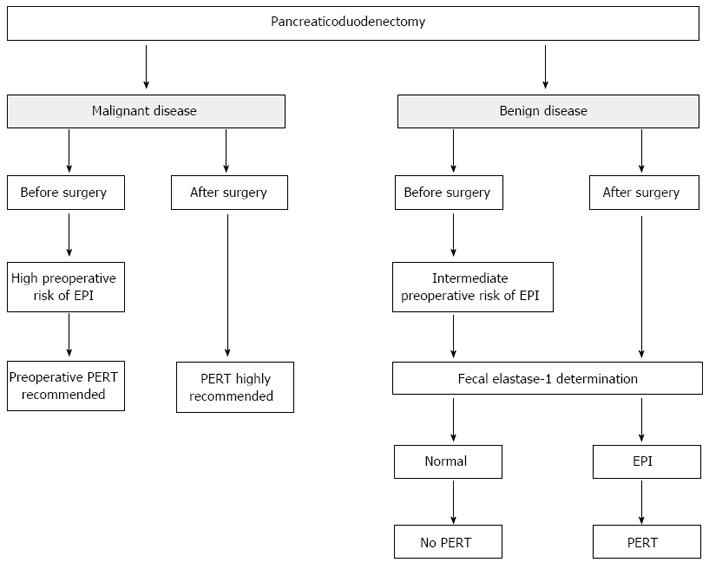



Exocrine Pancreatic Insufficiency In Adults A Shared Position Statement Of The Italian Association For The Study Of The Pancreas




How To Diagnose Exocrine Pancreatic Insufficiency How To




A Primer On Exocrine Pancreatic Insufficiency Fat Malabsorption And Fatty Acid Abnormalities




What You Should Know About Exocrine Pancreatic Insufficiency Epi Ariel Insights




Diagnostic Performance Of Measurement Of Fecal Elastase 1 In Detection Of Exocrine Pancreatic Insufficiency Systematic Review And Meta Analysis Clinical Gastroenterology And Hepatology




Is Epi Reversible




Veterinary Partner Vin
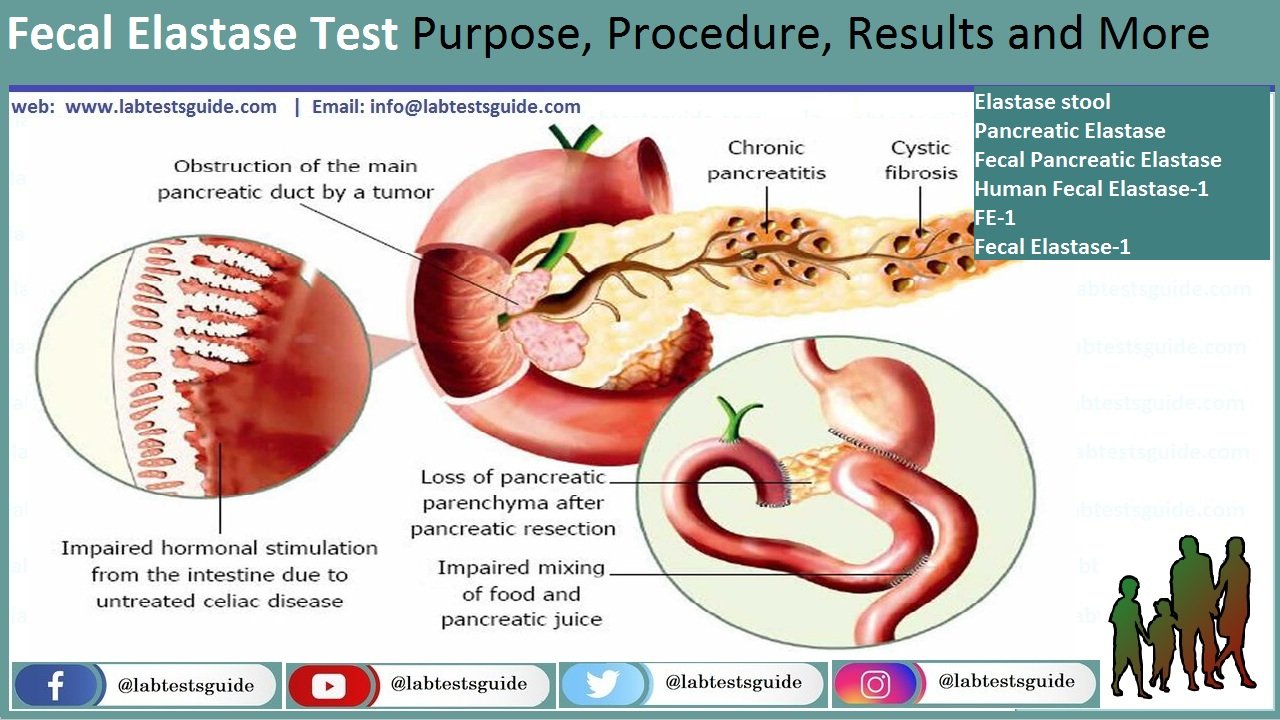



Elastase Stool Test Purpose Procedure Results And More Lab Tests Guide




Estimation Of Faecal Elastase 1 And Faecal Chymotrypsin In Patients Download Table




3 Ways To Diagnose Exocrine Pancreatic Insufficiency Wikihow




Pancreatic Exocrine Insufficiency Guideline Working Party Guideline Algorithm Guidelines




Pancreatic Exocrine Dysfunction Common In Type 3c Diabetes But Don T Forget Types 1 And 2 Diabetes Mellitus Alington 17 Practical Diabetes Wiley Online Library




What Is Exocrine Pancreatic Insufficiency




Symptoms Of Exocrine Pancreatic Insufficiency Epi Treatment
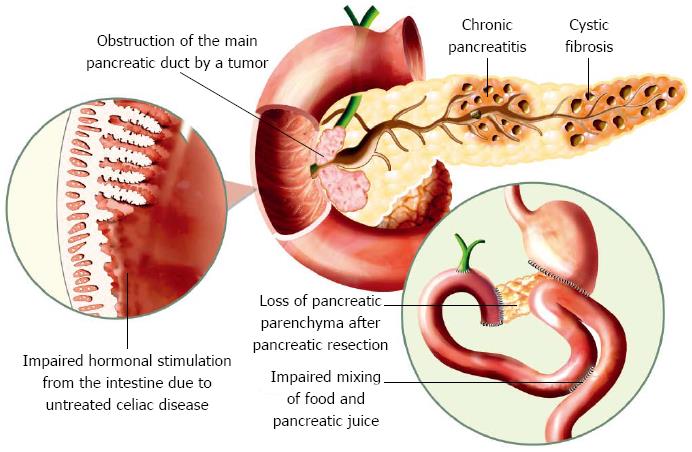



Diagnosis And Treatment Of Pancreatic Exocrine Insufficiency



Pancreas



1




Figure 4 From Exocrine Pancreatic Insufficiency In The Cat Semantic Scholar




Lesson Exocrine Pancreatic Insufficiency




Transient Exocrine Pancreatic Insufficiency First Report Of An Unrecognized Complication Of Cytoreductive Surgery And Hipec Anticancer Research




Exocrine Pancreatic Insufficiency Epi Diagnosis Epi Test




P Pancreatic Enzyme Replacement Therapy A Concise Review P Insight Medical Publishing



Diagnosis Exclusion Of Canine Exocrine Pancreatic Insufficiency Epi




Who S At Risk Of Exocrine Pancreatic Insufficiency Infographic Everyday Health




Current Challenges In Exocrine Pancreatic Insufficiency A Multi Perspective Discussion Transcript




Pdf Exocrine Pancreatic Insufficiency Semantic Scholar




Ppt Pancreas Insufficiency Powerpoint Presentation Free Download Id




Practical Guide To Exocrine Pancreatic Insufficiency Breaking The Myths Topic Of Research Paper In Clinical Medicine Download Scholarly Article Pdf And Read For Free On Cyberleninka Open Science Hub




Pancreatic Exocrine Insufficiency Gastrointestinal Society




Diagnosis Exclusion Of Canine Exocrine Pancreatic Insufficiency Epi




Elastase Gutsandgrowth




Current Challenges In Exocrine Pancreatic Insufficiency A Multi Perspective Discussion Transcript



3




Exocrine Pancreatic Insufficiency Diagnosis And Management Youtube




Indirect Diagnostic Tests For Evaluating Pancreatic Exocrine Insufficiency Download Table




Diagnosis Exclusion Of Canine Exocrine Pancreatic Insufficiency Epi




Pancreatic Elastase Test Home To Lab Test Verisana Lab
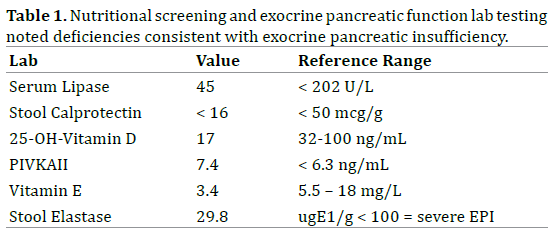



Johanson Blizzard Syndrome Expanding The Phenotype Of Exocrine Pancreatic Insufficiency Insight Medical Publishing




Exocrine Pancreatic Insufficiency In Dogs Vca Animal Hospital




3 Ways To Diagnose Exocrine Pancreatic Insufficiency Wikihow




Pancreatic Insufficiency Lab Tests Online




Secretion Of The Human Exocrine Pancreas In Health And Disease Pancreapedia
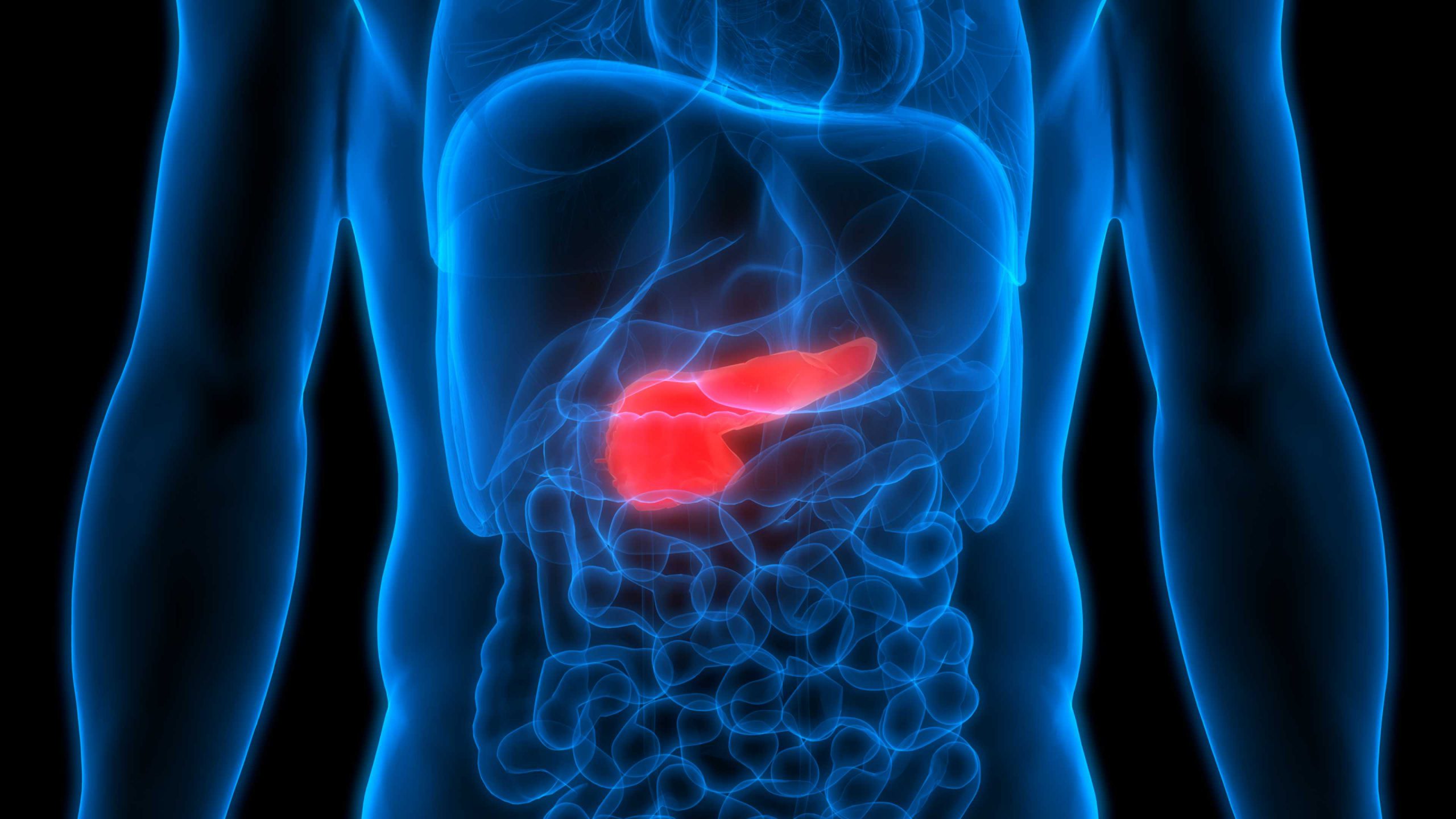



Exocrine Pancreatic Insufficiency Causes Diagnosis Treatment
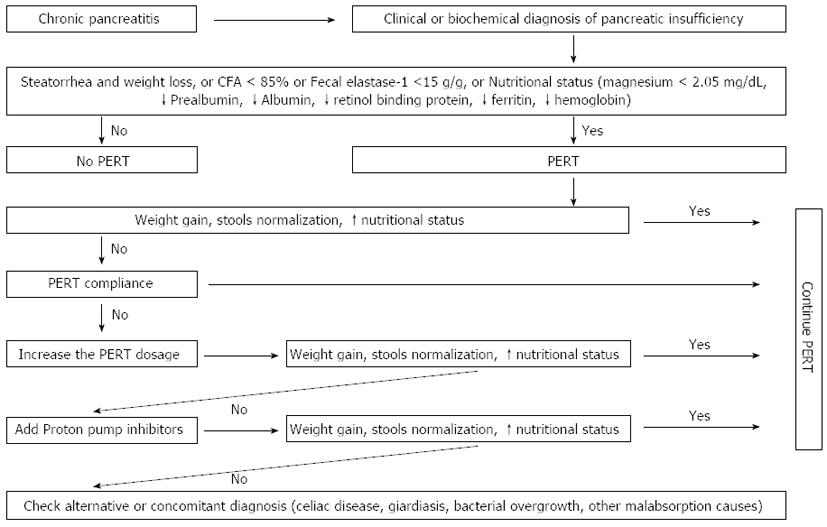



Exocrine Pancreatic Insufficiency In Adults A Shared Position Statement Of The Italian Association For The Study Of The Pancreas
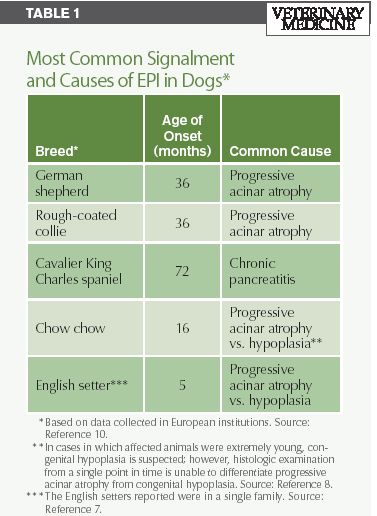



A Quick Review Of Canine Exocrine Pancreatic Insufficiency




Pin On Health
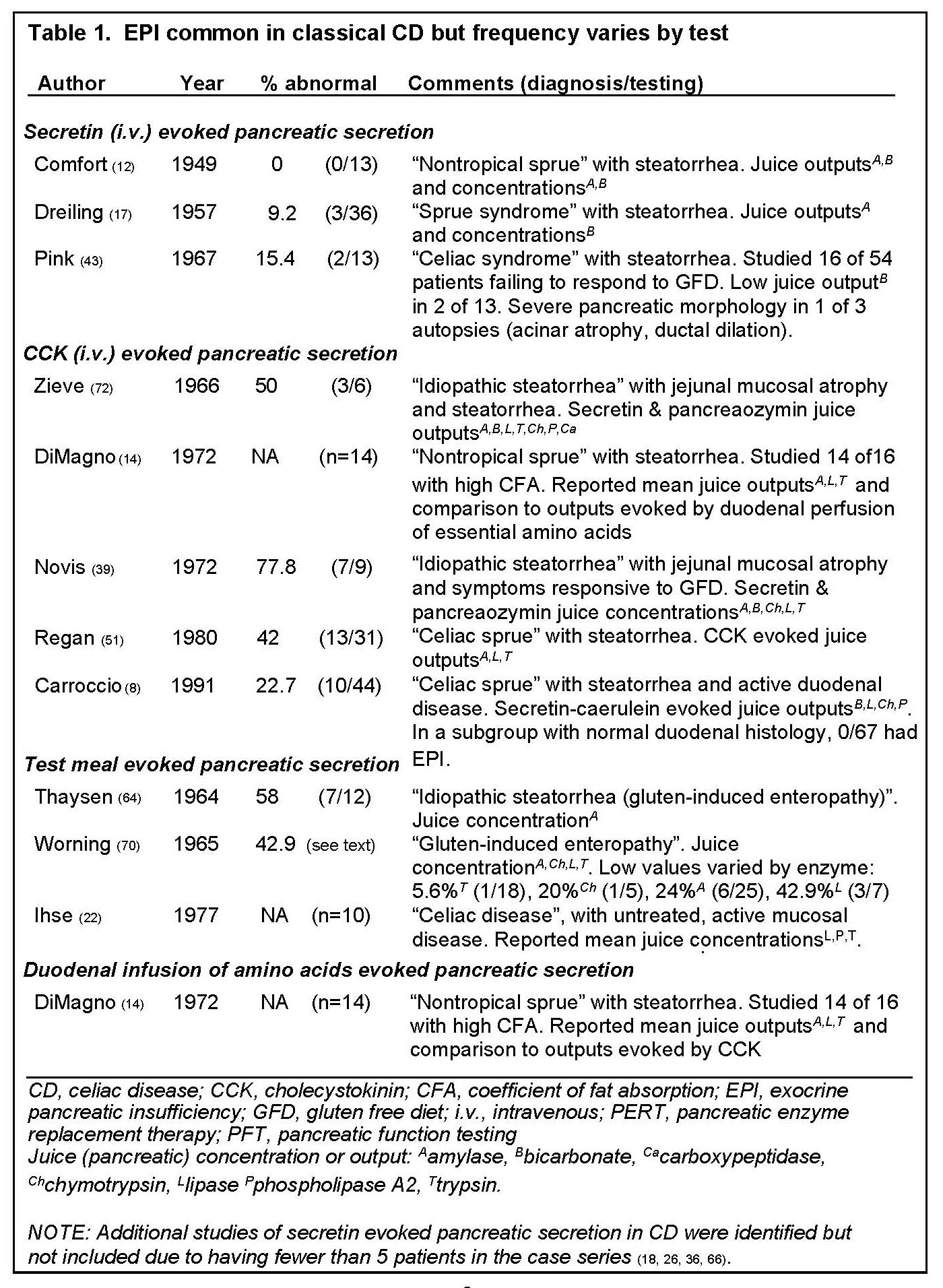



Exocrine Pancreatic Insufficiency And Pancreatitis Associated With Celiac Disease Pancreapedia




Pancreatic Elastase 1 Quick Test For Rapid Assessment Of Pancreatic Status In Cystic Fibrosis Patients Journal Of Cystic Fibrosis
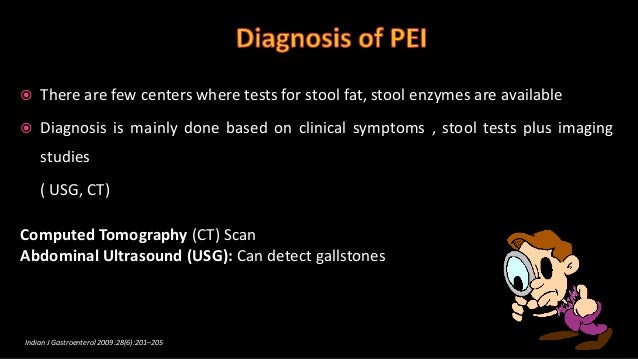



Basics Of Pancreatitis And Pancreatic Exocrine Insufficiency
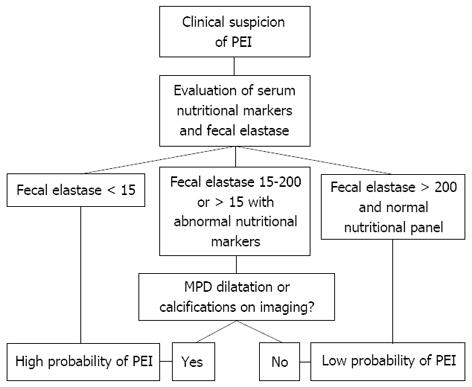



Diagnosis And Treatment Of Pancreatic Exocrine Insufficiency




Indirect Diagnostic Tests For Evaluating Pancreatic Exocrine Insufficiency Download Table



Childrensmn Org
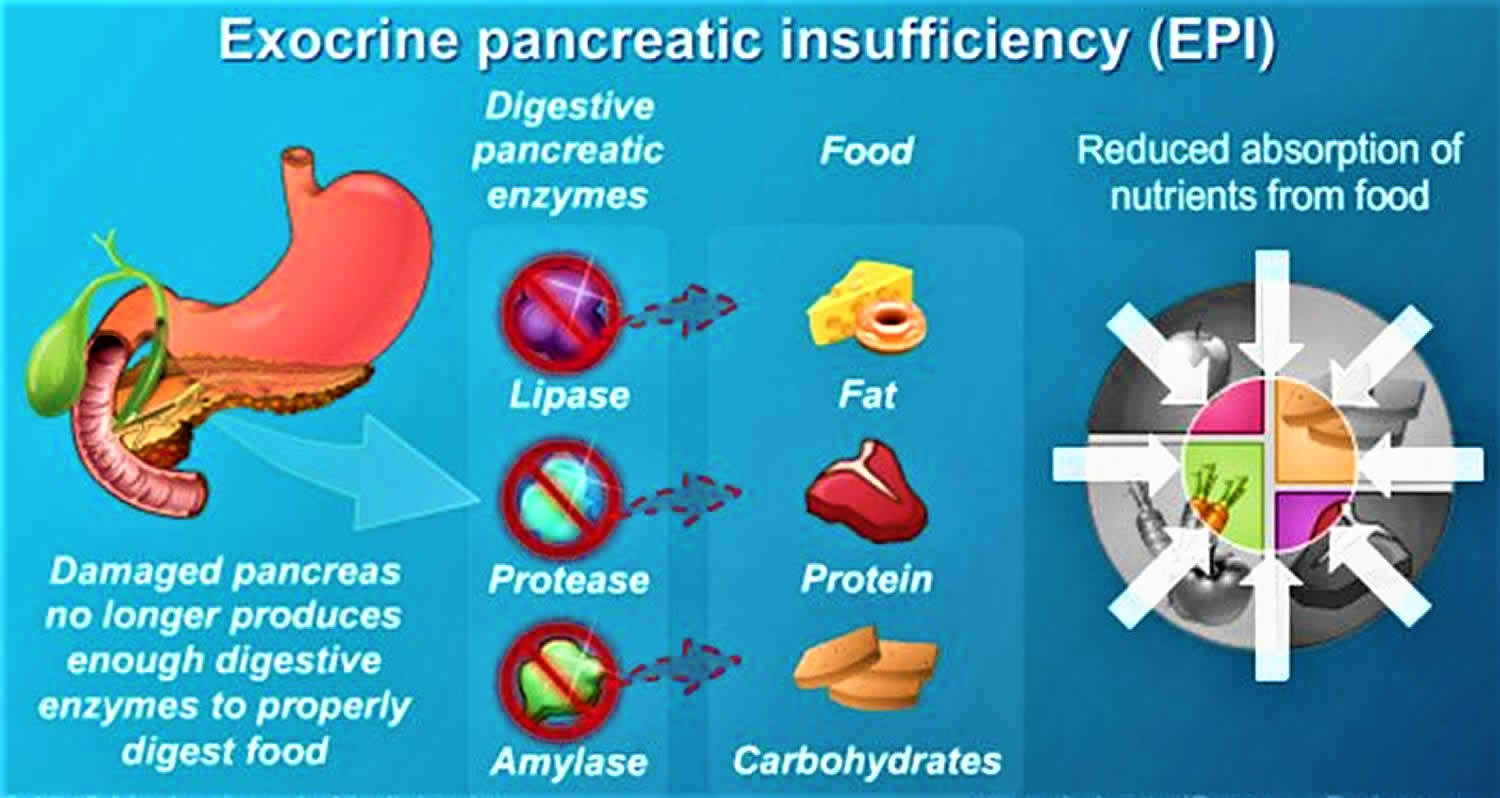



Exocrine Pancreatic Insufficiency Causes Symptoms Diagnosis Treatment




Pdf Pancreatic Exocrine Insufficiency Diagnosis And Treatment In Chronic Pancreatitis And Pancreatic Cancer Semantic Scholar
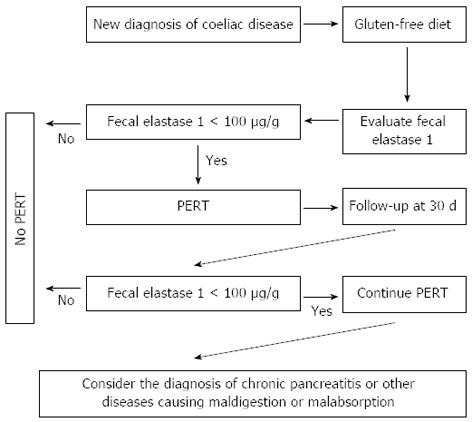



Exocrine Pancreatic Insufficiency In Adults A Shared Position Statement Of The Italian Association For The Study Of The Pancreas
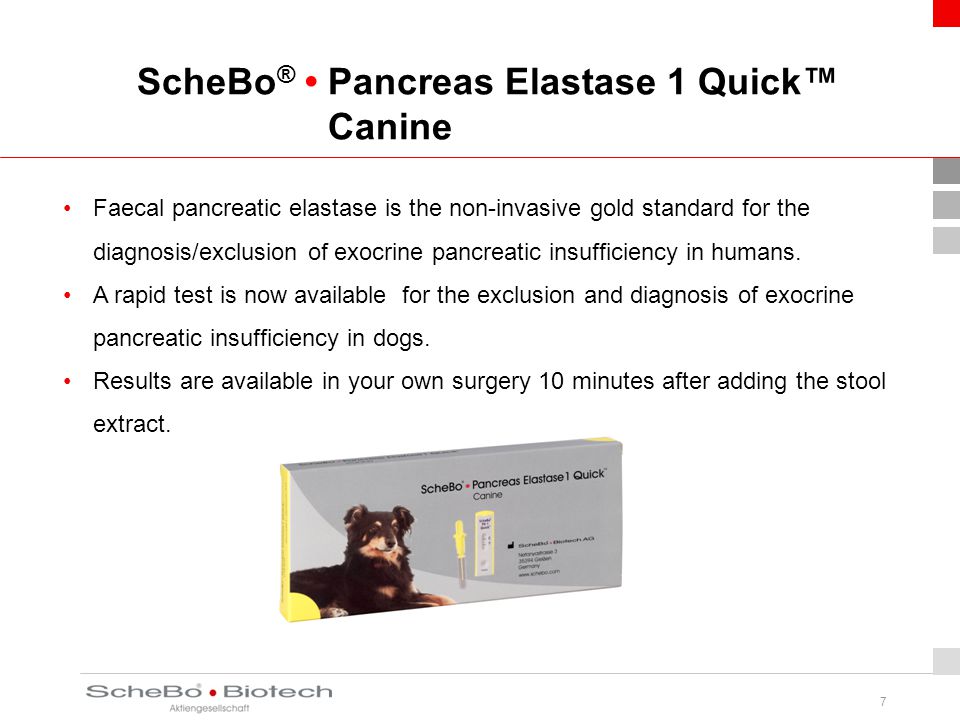



Diagnosis Exclusion Of Canine Exocrine Pancreatic Insufficiency Epi Ppt Video Online Download
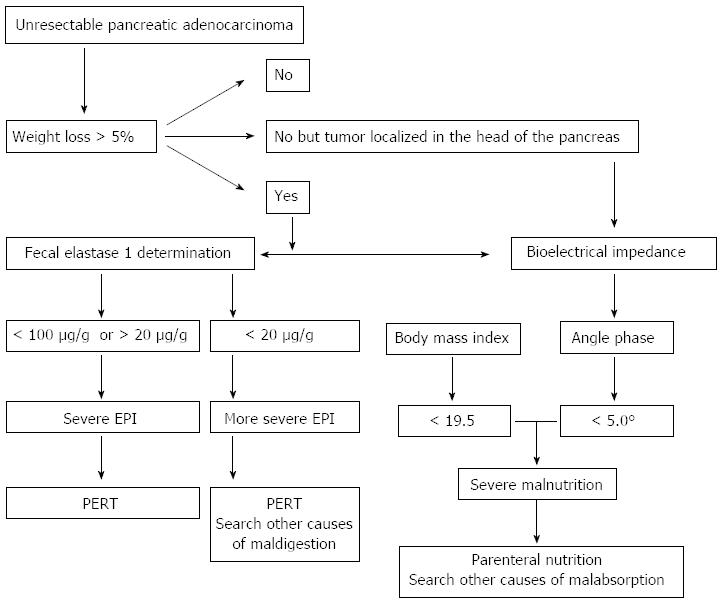



Exocrine Pancreatic Insufficiency In Adults A Shared Position Statement Of The Italian Association For The Study Of The Pancreas
コメント
コメントを投稿